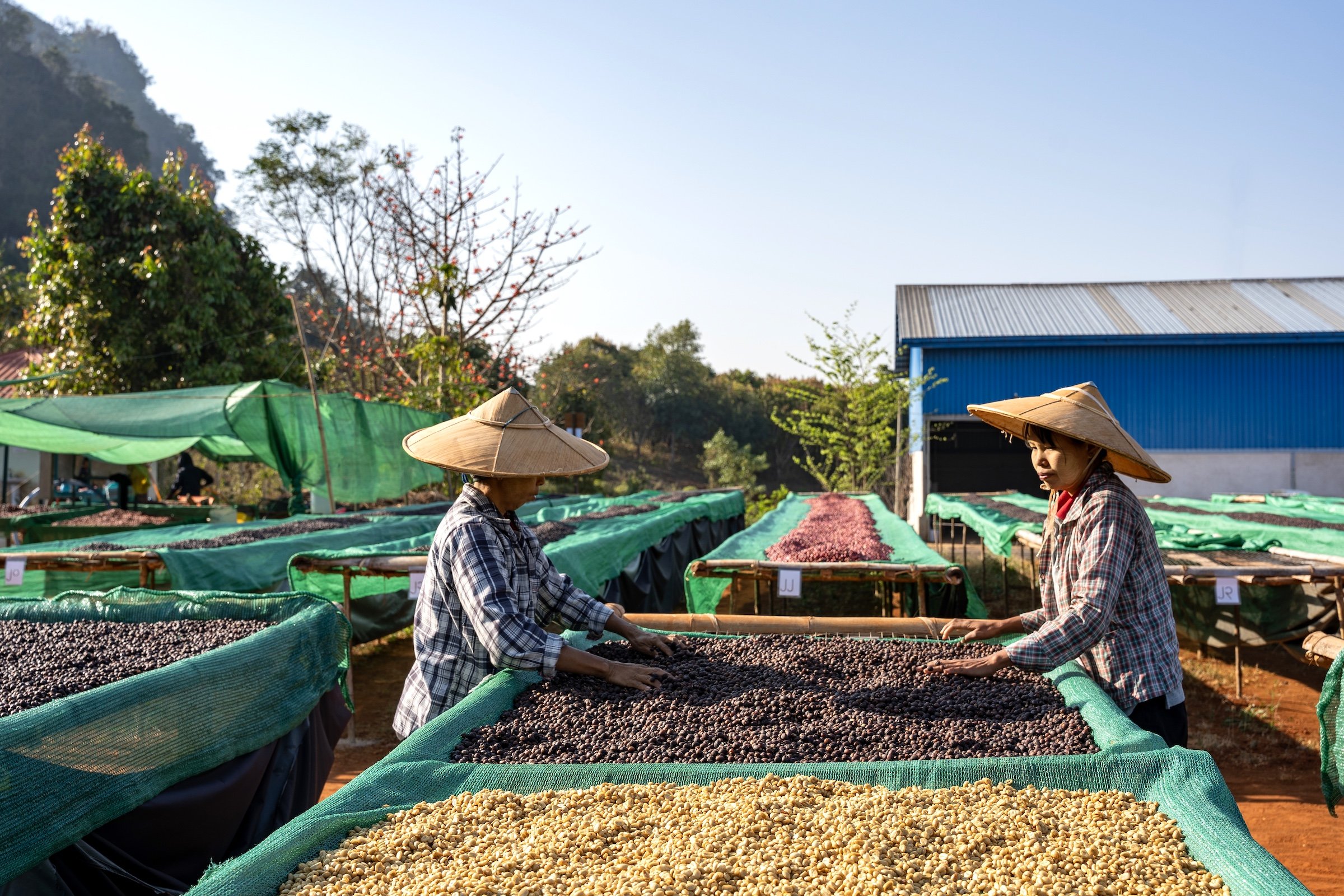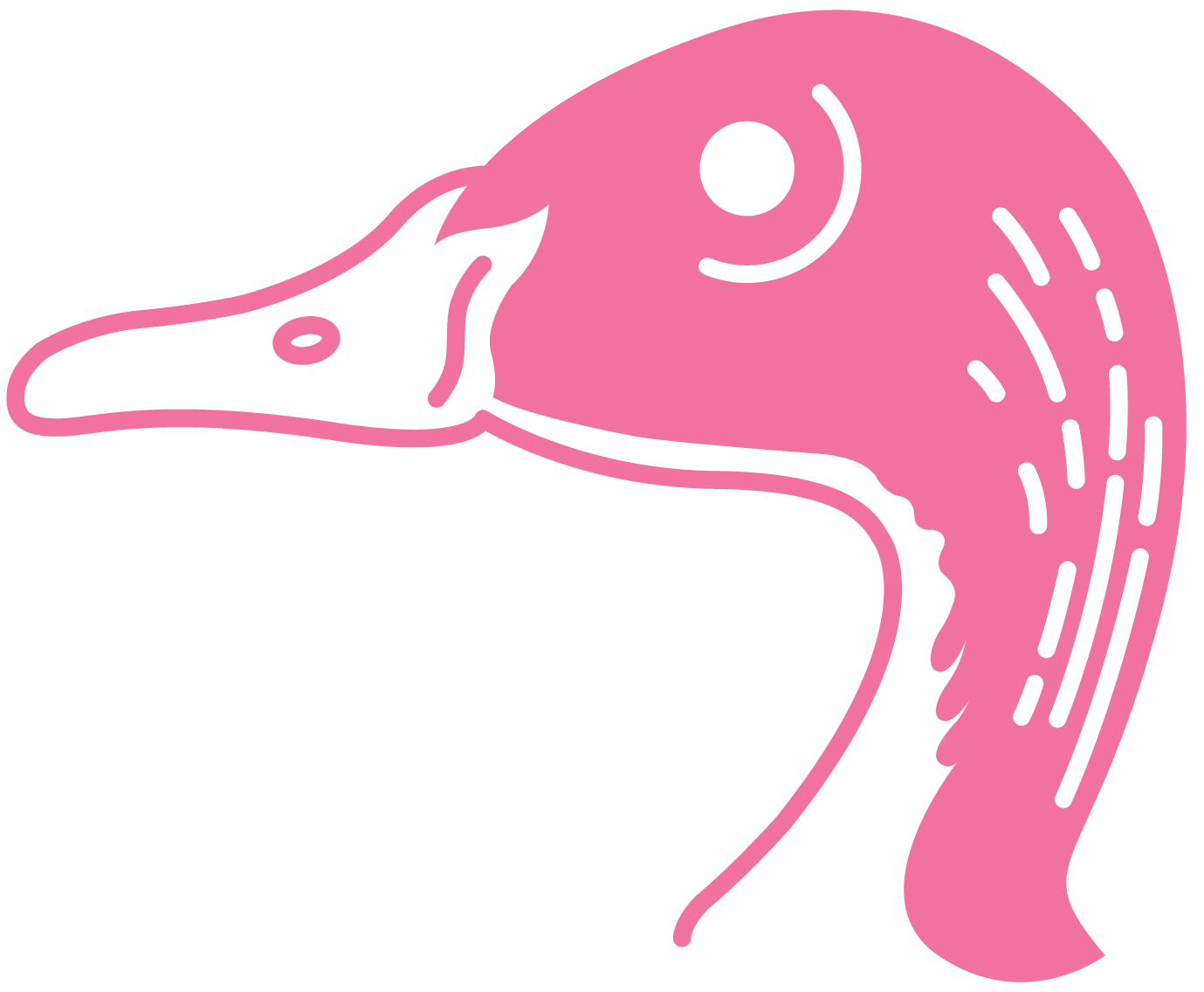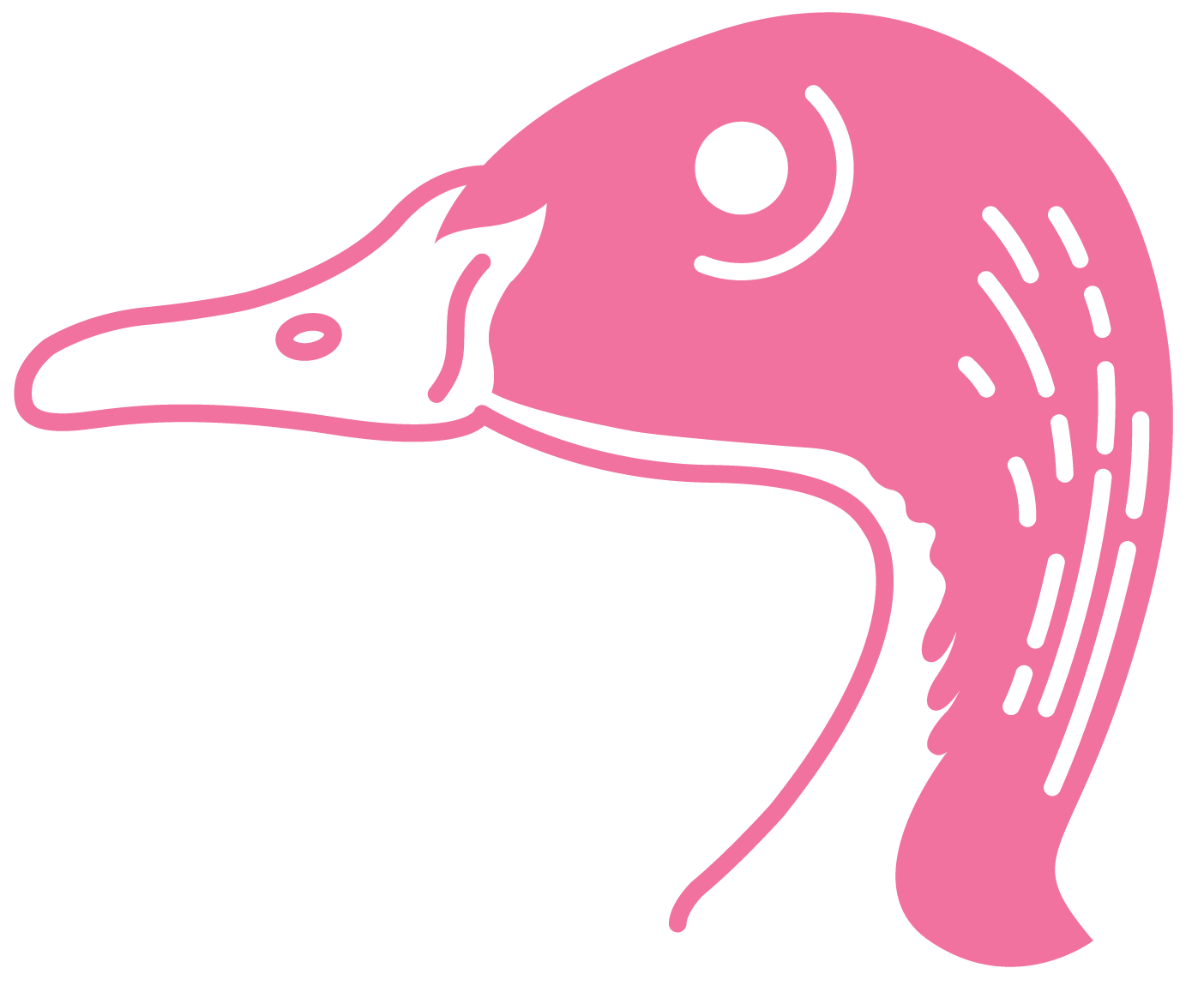
Three Khuns Lot
“Each year we’re expanding production, from 9 metric tons during the 2022 harvest to 14 metric tons last season.”
Three Khuns is a producer consortium within the Indigo Mountain co-op in Hopong, Myanmar, organized by members coming from the Pa-O ethnic group. The three founders – Khun Tun Lin, Khun Kyaw Thein, and Khun Kyaw Min Htike (pictured right) – started organizing the group in November, 2020, before growing the company to include 16 members in 2025. Every year they’ve been expanding production, with 9 metric tons (MT) during the 2022 harvest and 14 MT in 2023. Yet nearby conflict this season limited production to 5 MT.
Curious about the name? In the Shan and Thai languages, ‘Khun’ often precedes names as a sign of respect and is the equivalent of ‘Mr.’ in English.
About the origin:
Elevation: 1,158 - 1,737masl (3,800 - 5,699 ft)
Ethnic group: Pa-O
Production members: 14
Variety: Catuai, Caturra
Location: 20.8024441, 97.2320281
Regional name & history
As the capital of the Pa-O Self-Administered Zone, Hopong is a vitally important cultural hub for Buddhism and the Pa-O people. This Zone includes three townships - Hopong, Hsi Hseng & Pinlaung - and today all of them export world-renowned specialty coffee produced by Pa-O communities.
The name Hopong comes from the Shan language - with Pong meaning “valley” and Ho translating to “upper part of the ravine.” Sitting at 1,079masl (3,541ft), this valley town in the upper part of the ravine is surrounded by towering mountains that are home to ancient pagodas, storied caves, and pristine subtropical and temperate forests.
The people
As the tale goes, there was once a Weiza, or supernatual being, and a Dragon Mother who laid three eggs — one of which gave birth to the ethnic Pa-O people.
Today, the Pa-O make up the second largest ethnic group in Shan State. Their men and women are famous for their eye-catching turbans, which bring to life their fabled origin story. Pa-O women wear colorful headdresses to resemble the form of their Dragon Mother while Pa-O men drape theirs to the side to mimic their Weiza Father, whom many believe their people are all descendants of to this day.
Their community, however, is not originally from this mountainous region of Myanmar. They fled here nearly one thousand years ago after their coastal homeland, in modern day Mon State, was conquered by the Burmese Kingdom. Three hundred miles away in the Shan Hills, the Pa-O started a new life, bringing Buddhism and their strong traditions with them.
Stand-out flavor notes:
Star fruit, golden raisin, walnut, and biscuit
The founders






